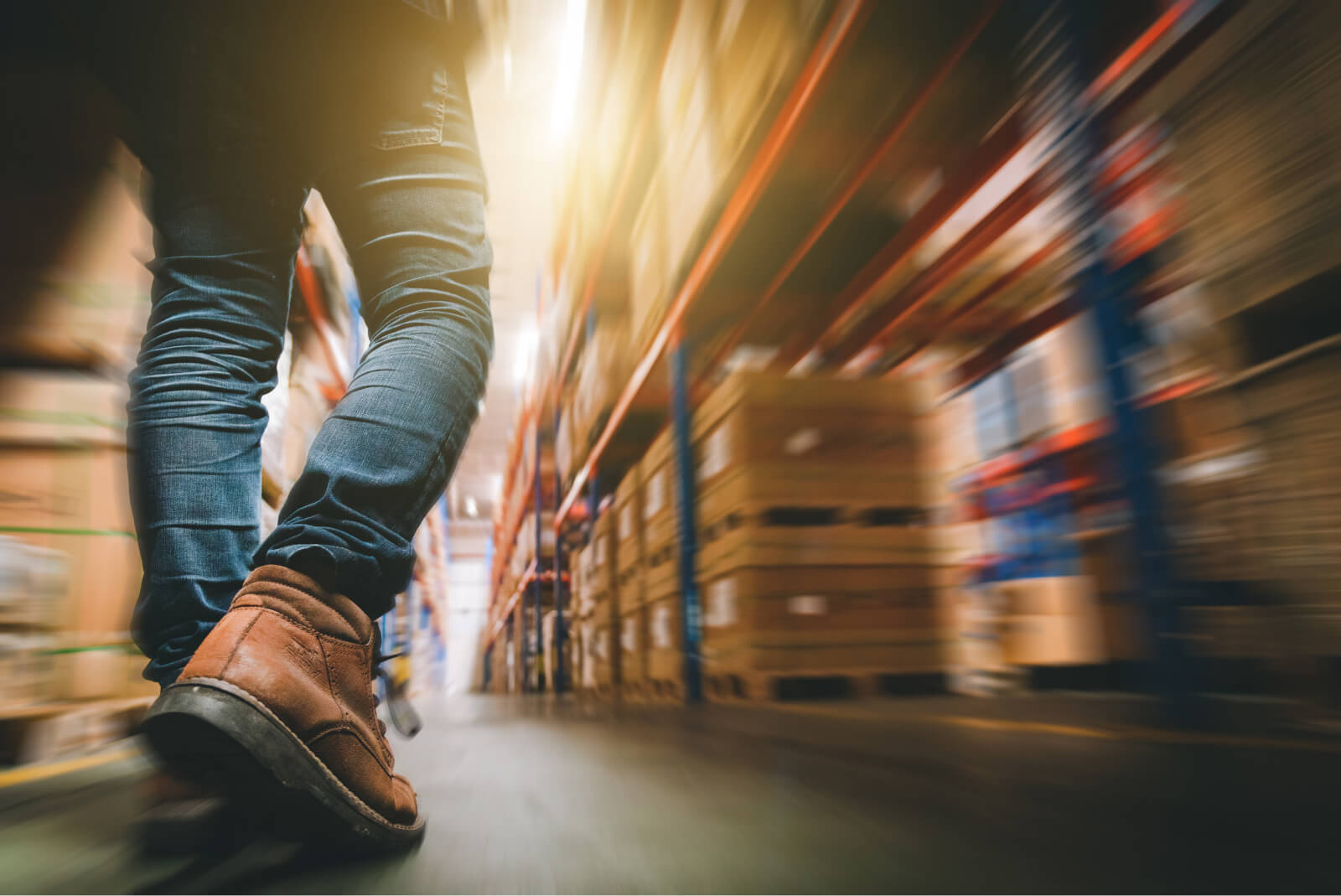
According to recent data from the US Centers for Disease Control and Prevention, COVID-19 is receding across much of the country, raising hopes that we might have a “near normal” spring and summer.
Perhaps that’s a meaningful phrase to the everyday citizen, but to retailers and their various partners in retail supply chains around the world, there is no “near normal.” Instead, there’s a new reality, one characterized by big, fundamental shifts that, while not settled, are sure to endure. Changes such as:
Ecommerce is no longer a rounding error. Pre-COVID, I’d estimate that e-commerce represented one, maybe three percent of a grocery retailer’s business. Today, it accounts for an estimated 20-30% of business and as much as 40% for grocers in areas hit hard by the pandemic. More broadly, online purchasing is up ~15-30% across a variety of product categories. This behavior has also given rise to BOPIS (buy online, pick up in-store), with retail giant Target seeing a 400% increase.
Though these kinds of growth numbers sound great, the reality is more complicated. For example, while BOPIS has eased many retailers’ capacity constraints around parcel delivery, changing consumer preferences come with their own challenges. Many retailers struggle with disparate legacy systems that fail to provide a holistic view of inventory – particularly inventory in transit – which can make or break retailers’ omnichannel strategies. Bottom line, retailers’ processes, workflows and technology infrastructures weren’t built for omnichannel commerce. This has to change.
Automation is an imperative. We’ve never seen anything like the current worker shortage that touches virtually every aspect of our global supply chains. According to NBC, there may be nearly 5 million more packages per day than delivery drivers can handle during the peak season. FedEx is signaling trouble for its ground unit, which handled more than 9.3 million packages per day for customers such as Walmart last quarter, warning that employee hiring and retention problems were slowing deliveries. Grocers are struggling to find workers as never before.
Add to this the shift to omnichannel shopping and micro-fulfilment centers – the latter refers to a new trend where retailers put up a fake wall at the back of the store or adjacent to the store and install what are best described as giant vending machines to help automate the picking process. These shifts and other advanced technologies are necessary to manage the fast and efficient deliveries that consumers now demand.
The last mile, the last mile, the last mile. It’s still the hardest part, whether it’s literally a mile, or five, or eight. There are so many variables and different parties involved, this is often where customer expectations are dashed.
FourKites’ recently announced partnership with Narvar is aimed at alleviating the last mile problem. Narvar’s retail customers will now have access to FourKites real-time supply chain visibility, intelligence and analytics capabilities, together with Narvar’s last mile solutions, in a single place. Shippers and retailers both can now leverage upstream and downstream real-time visibility data – including 6X more accurate ETAs for inbound deliveries to retailers – all to enable a seamless post-purchase experience for the end customer.
42% of consumers now expect two-day shipping for every online purchase they make, and 77% are more likely to purchase an item if it can be delivered in two days or less. Addressing the last mile is key to meeting their expectations.
Customer loyalty is up for grabs. The pandemic largely shattered consumers’ loyalties to retail brands. Forty-four percent of consumers say their habits have changed with the retailers they shop at and the brands they buy from. Retailers need to accept this reality – that their former customers have tried new retailers, new brands and new methods of online and offline shopping and delivery, and their expectations are higher than ever.
It’s time to embrace this new reality and win back customer loyalty by meeting customers whenever, and wherever, they want to be met. To do that, retailers will need to “future-proof” their supply chains as never before, embracing new technologies and re-thinking ingrained ways of doing business.